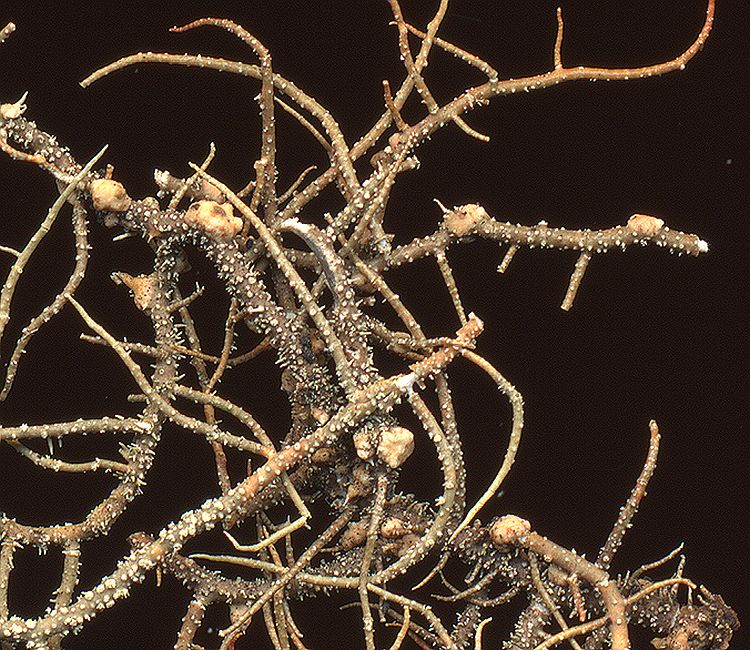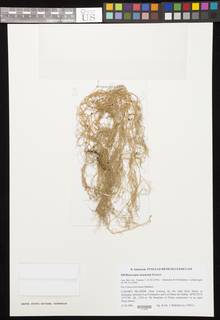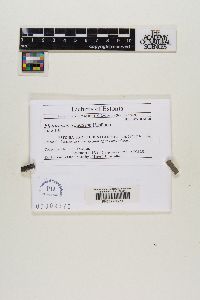
Consortium of Lichen Herbaria
- building a Global Consortium of Bryophytes and Lichens as keystones of cryptobiotic communities -
- Home
- Search
- Images
- Species Checklists
- US States: O-Z >
- US National Parks
- Central America
- South America
- US National Parks
- Southern Subpolar Region
|
|
|
|
Family: Tremellaceae
|
Nash, T.H., Ryan, B.D., Gries, C., Bungartz, F., (eds.) 2004. Lichen Flora of the Greater Sonoran Desert Region. Vol 2. Life habit: lichenicolous, gall-forming, non-lichenized Basidiomata: extremely variable in form, size and color, cartilaginous, generally subspherical and convex with a constricted base, often with lobate margins, sometimes flattened or with a concave central part, rarely effuse and covering larger areas around the branches of the host, surface smooth, rarely tuberculate, cartilaginous, pale pink, reddish brown, dark brown or black, 0.2-2.5 mm in diam. context hyphae: thin-walled, without clamps, 2-3 µm wide haustorial branches: frequent, tremelloid; mother cell: 2.5-4.5 µm in diam. hymenium: containing numerous probasidia, with clavate probasidial initials, with or without basal clamps, without hyphidia and cystidia basidia: when mature, clavate to subcylindrical, with 1-3 transverse septa, 20-44 x 3-6.5 µm epibasidia: subcylindrical, 2-3 µm thick, up to 85 µm long basidiospores: sub-globose to ellipsoid, with a distinct apiculus, germinating with a germ tube, 4.5-8 x 4-7.5 µm Anamorph: catenate conidia often present, 3-5 x 2-3.5 µm. Hosts: thallus of Usnea species (not on subgen. Neuropogon), but also on Protousnea dusenii World distribution: cosmopolitan, known from all continents, except Antarctica Sonoran distribution: Arizona. Notes: Biatoropsis usnearum is extremely similar to Cystobasidium usneicola, that grows on the same hosts, and induces the formation of the same type of galls. Galls of |
Powered by Symbiota

































